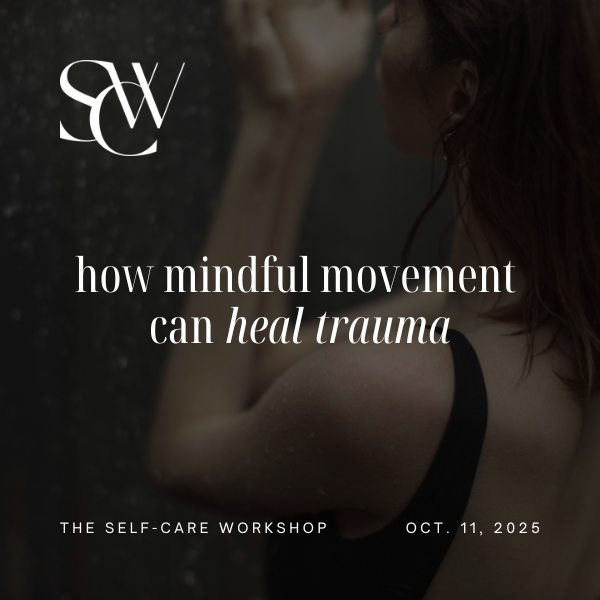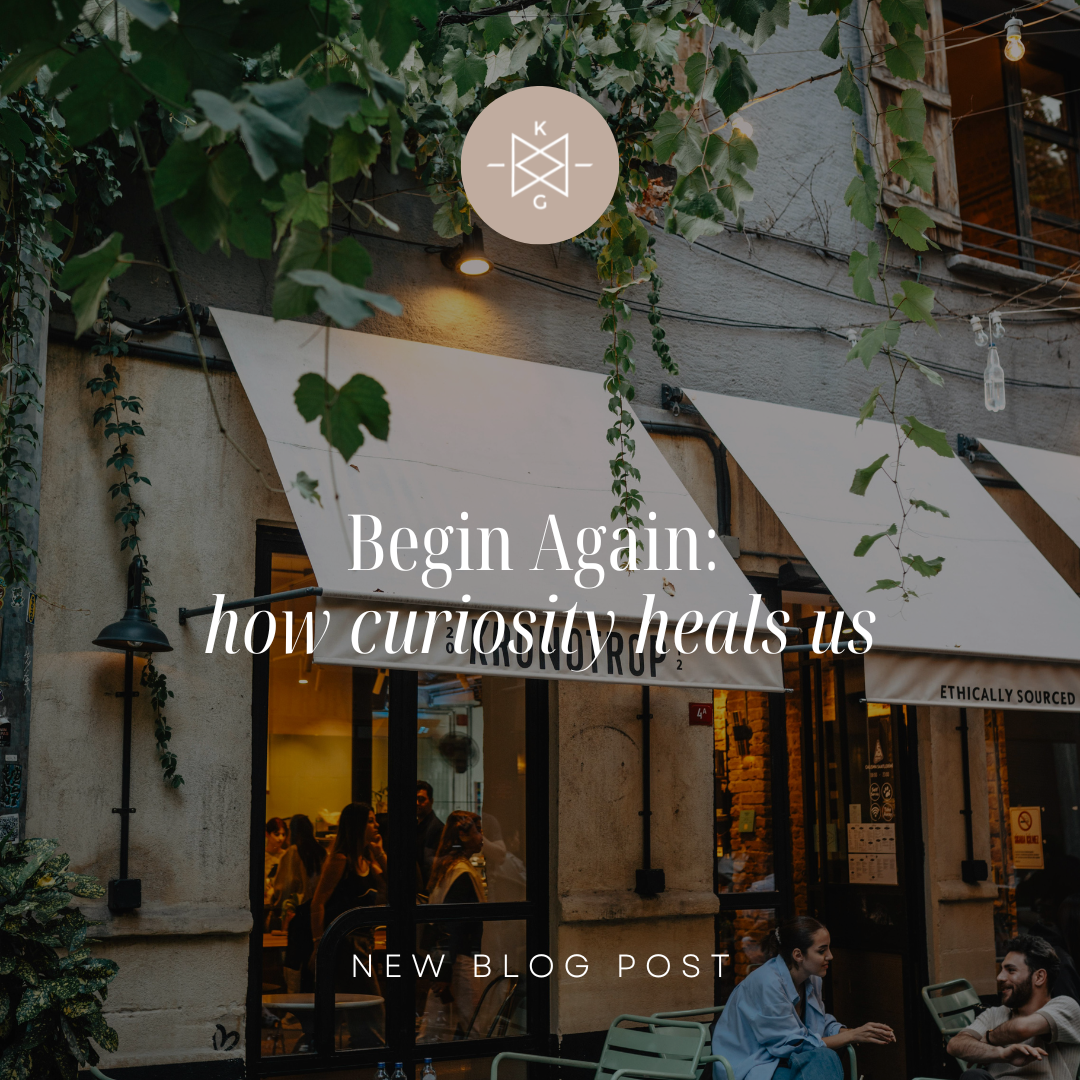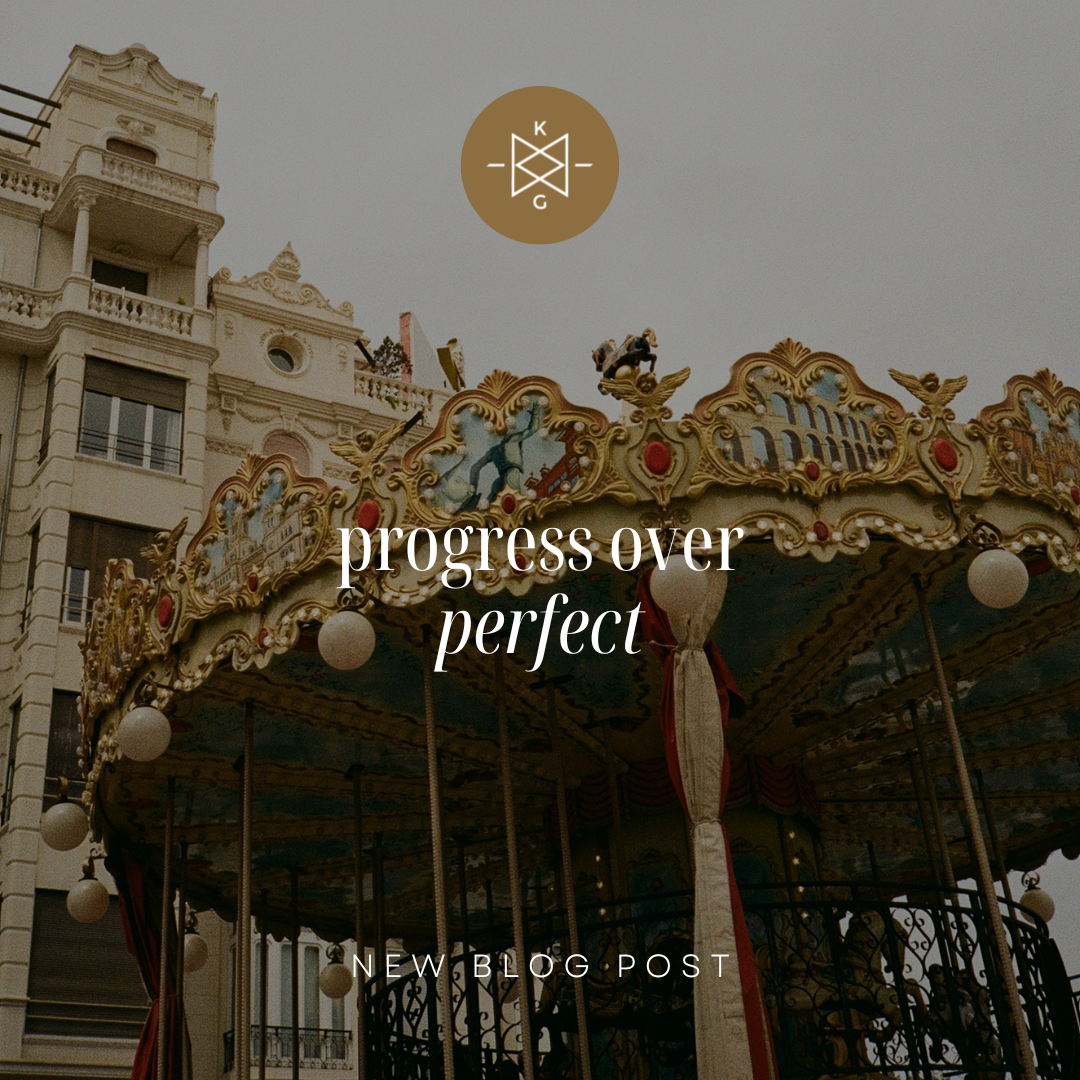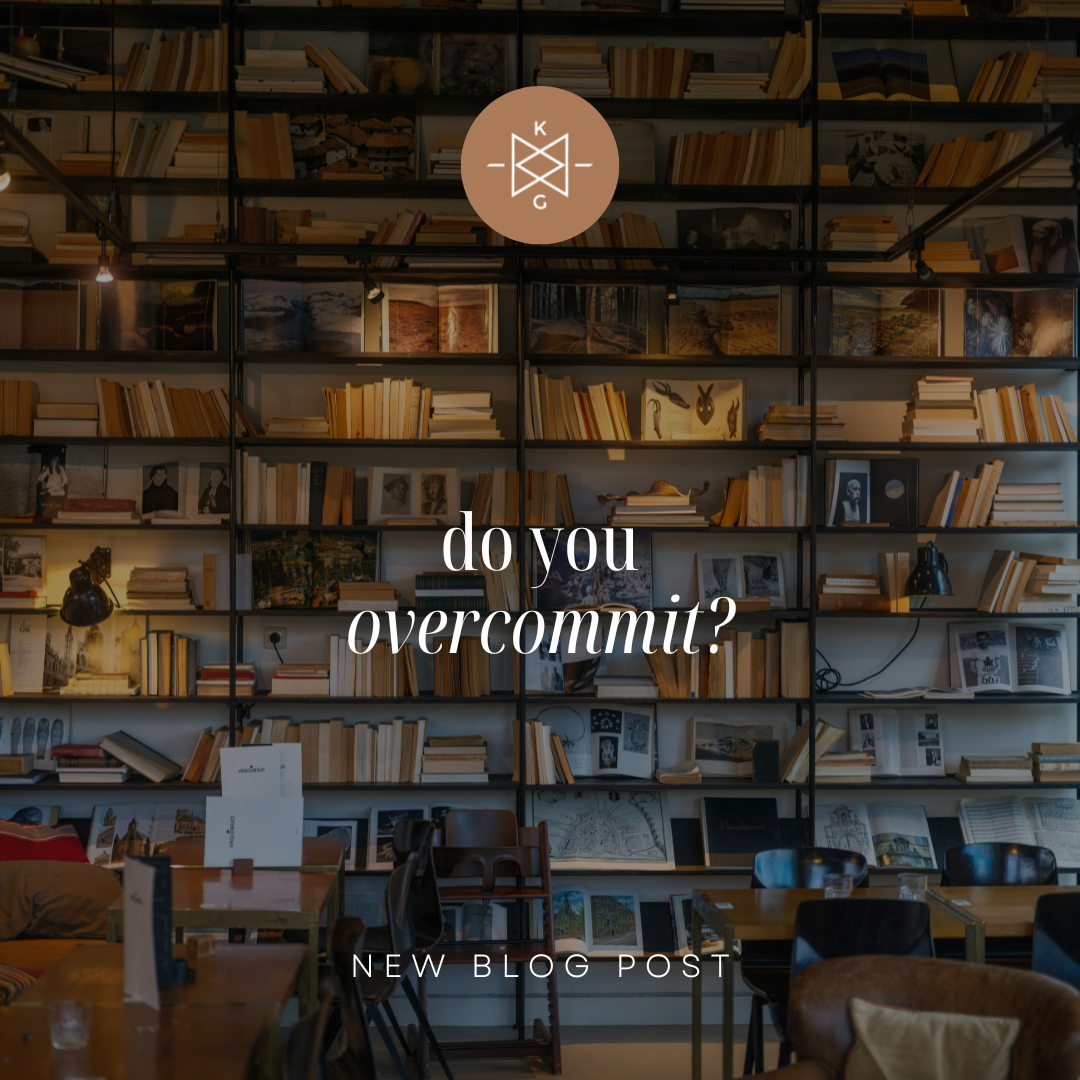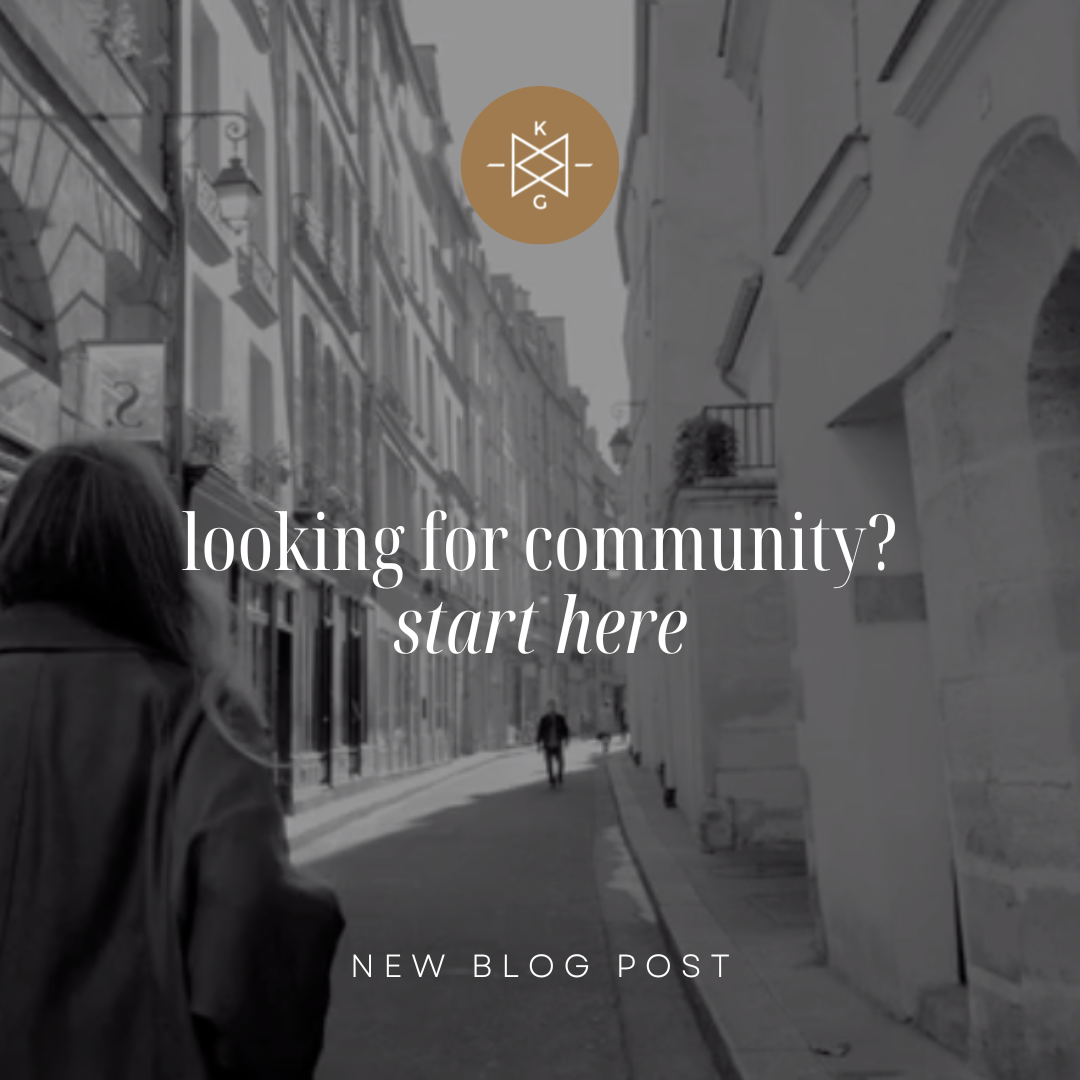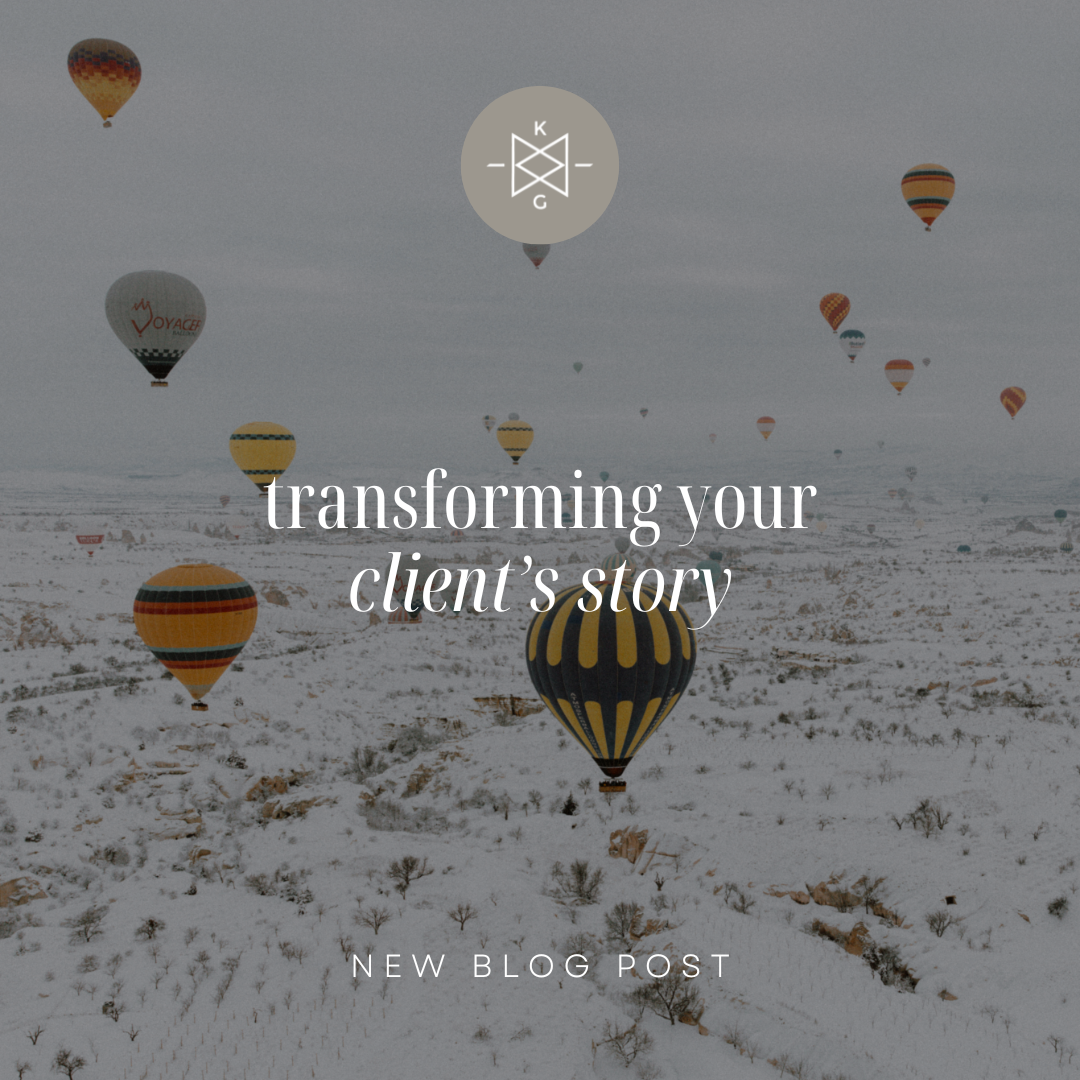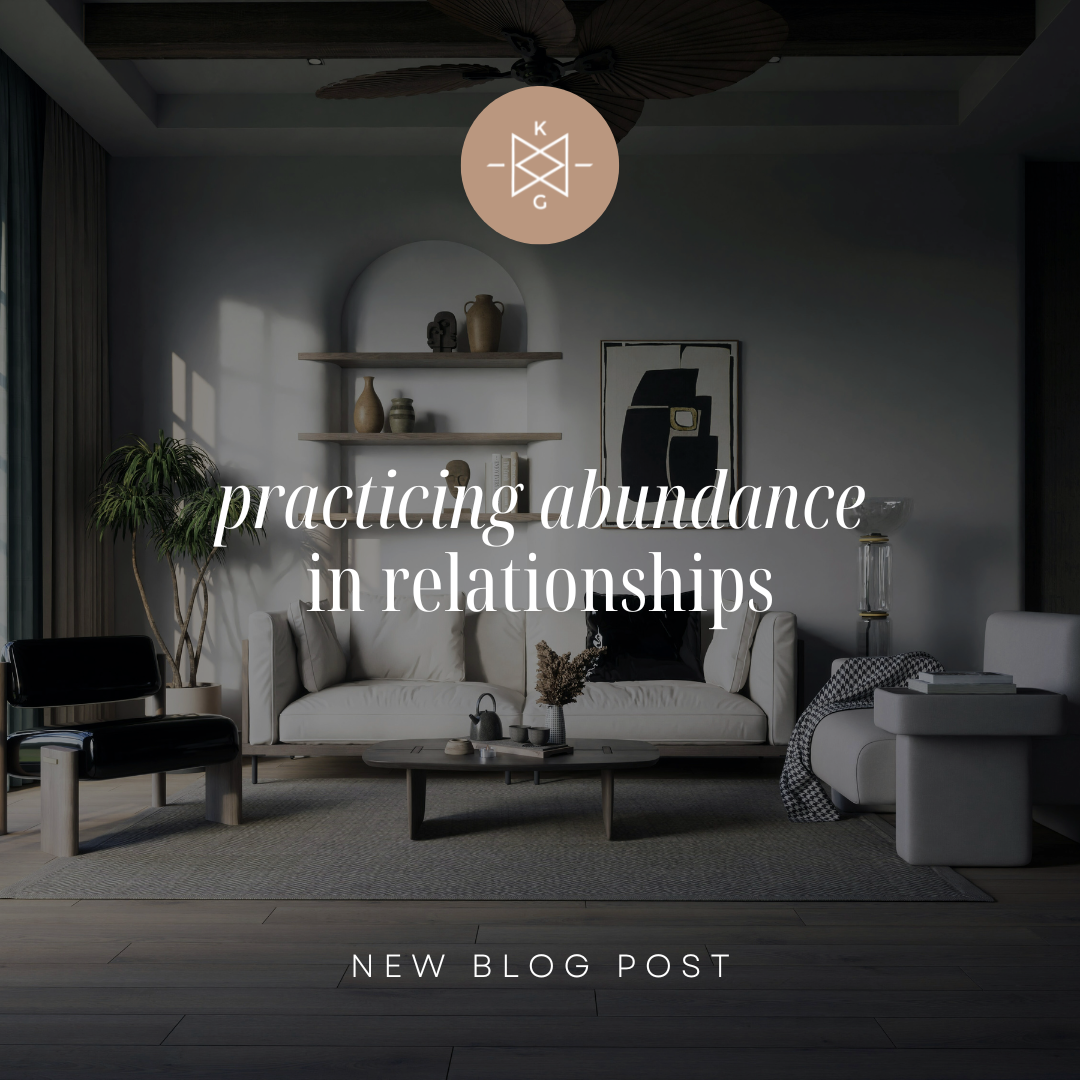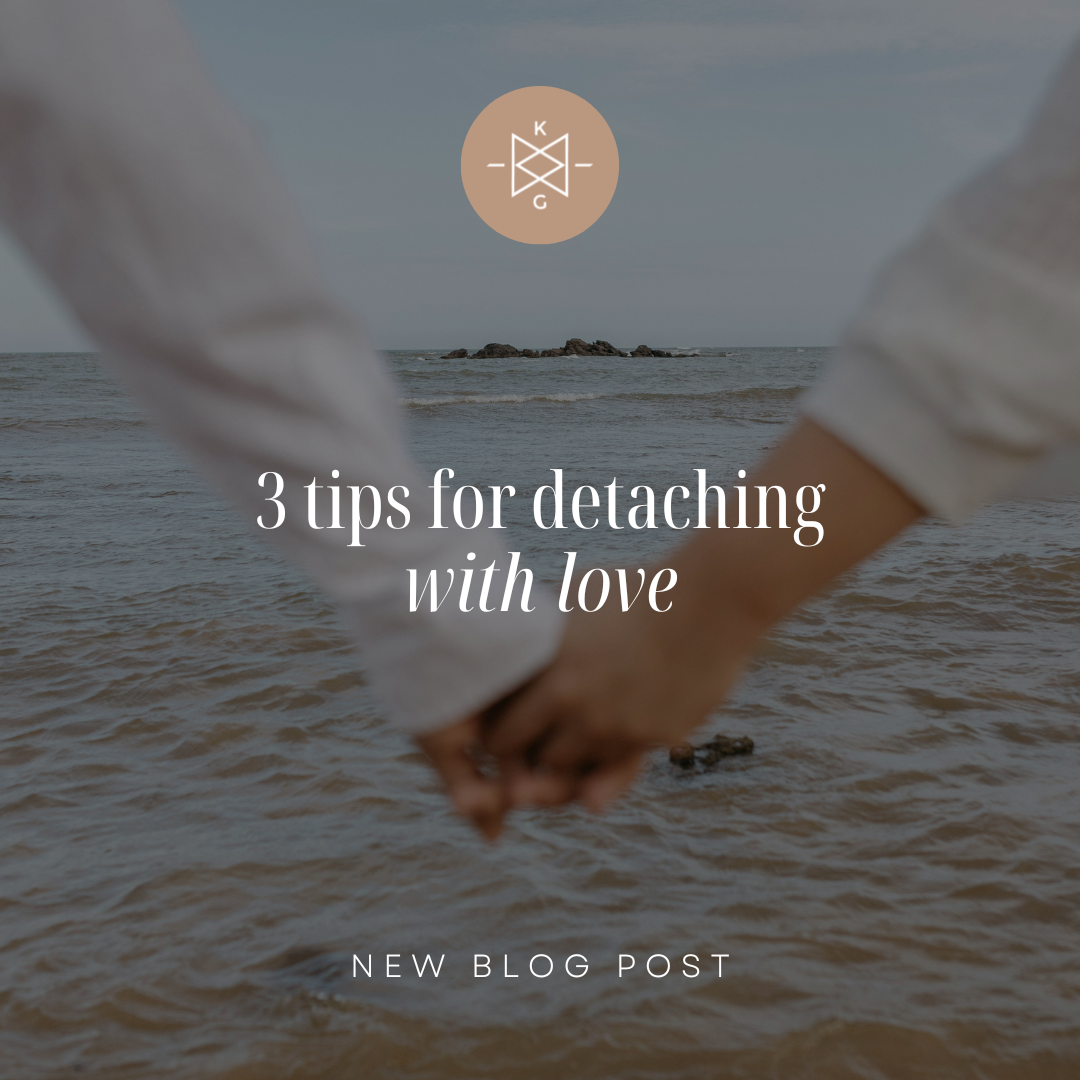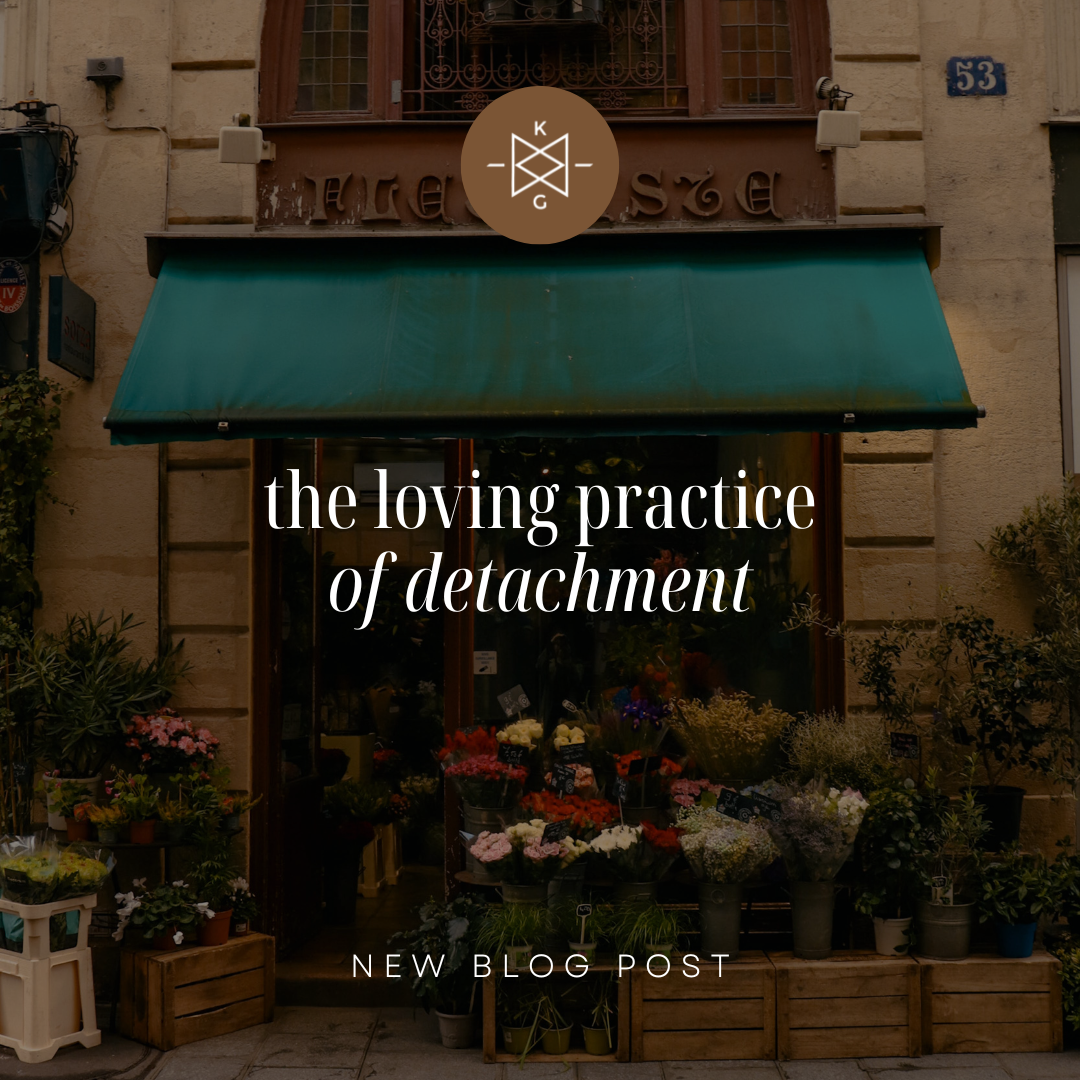
The Blog
Recently Featured
All Blogs
Integrating Somatic Intelligence in Therapy
“Your mind, emotions and body are instruments and the way you align and tune them determines how well you play life.”
- Harbhajan Singh Yogi
One of my favorite things about the Enneagram is its holistic capacity to bring balance and integration to our overall experience. I’ve heard it described as a psycho-spiritual tool, one that provides benefits on a psychological and spiritual plane. It definitely does this. However, if we dismiss the rich insight the Enneagram provides to us on a somatic level, we are missing out on the gifts it can bring to our total embodiment day after day.
You may have heard about the concept of three intelligence centers: body, heart, and mind, frequently taught in enneagram circles. Basically, this proves that we are actually three-brained beings (heart, body, mind) instead of one-brained beings (mind), as has been elevated in our modern western world. Emotional intelligence has made a big splash in the last 50 years or so, yet somatic intelligence has not been as accepted until now. Thankfully, recent scientific studies are finally catching up to this wisdom of the Enneagram by proving we have neural cells not just in our brains, but in the lining of our stomachs and hearts. Crazy, right?
I recently had the opportunity to sit down with Terry Saracino, core faculty member of the Narrative Enneagram (and my teacher…pinch me!) to talk about the somatic approach unique to the Narrative Tradition. Terry is lovely and brilliant and is as passionate today about this system as when she first learned about it in 1989.
She describes this dynamic approach to understanding ourselves through the lens of the Enneagram, and really unpacks this often forgotten intelligence center of the body. Interestingly, our bodies are always in the present moment. Our hearts and minds can be all over the map, future-tripping and stuck in the past, but our bodies ground us in the present moment if we are willing to bring greater awareness to them. Our bodies are the experiencer of our Enneagram type patterns of thought and emotion, so we must lean on them for greater insight and support in our day to day experience.
Many of us are wildly disconnected from this somatic, or kinesthetic wisdom. And one of the trillion things I love about the Enneagram is it’s all about bringing balance and openness where there is imbalance and contraction.
When we do the work of the Enneagram, we discover our personality type and deeper character structure are held into place by our type’s emotional patterns, thought patterns, and somatic profile.
I love getting to work with clients to bring awareness to this unique type-specific picture and begin to relax these often limiting patterns. As we relax those conditioned patterns, we are able to open up to the true, or unconditioned self that has been buried under years of habit and automatic behaviors.
I explain how this works in tandem with the Enneagram and other therapeutic tools in my upcoming webinar, The Experiential Enneagram: A Transformational Approach to Therapy and Coaching. Join me on March 8th at 9:00 am CT. You can register or learn more here.
Transforming Your Client's Story
“When we deny the story, it defines us. When we own the story, we can write a brave new ending.”
– Brené Brown
People often ask me, “What is your process when working with clients?”
To which I typically reply, “We co-author a new story.”
As it relates to transformation, the Enneagram invites us into the powerful and creative work of rewriting our stories.
After all, many of us have been living out of a story that was written somewhere back in early childhood and we wait until some type of crisis or loss to identify that story, hold it up to the light, and ask ourselves if it’s still working for us.
Children are brilliant storytellers. However, they are crappy interpreters!
When little people start to connect the dots of life, somewhere around five or six, they create little stories about themselves and the world around them. Typically, these stories are very black and white, i.e. I didn’t get picked to play with on the playground. There must be something wrong with me.
Over time, we keep connecting the dots of life and tell ourselves stories that somehow keep us safe and secure along the way. These stories create certainty—yet they lack context—and aren’t necessarily true.
So, what do we do as we grow up? We use these stories, or overgrown personalities, to help us show up in the world and be liked, helpful, and successful. So do our clients.
In my experience, most of my clients want to understand why they do the things they do. This is yet another reason the Enneagram delivers. It unpacks the motivation behind the survival strategy, also known as the childhood wound, for each of the nine Enneagram types.
In adulthood, our world looks much different and yet we are still living, albeit unconsciously, out of a story that was written so long ago. Therein lies the rub—we’ve forgotten who that little person is underneath the conditioned self. In fact, we become so identified by the workings of our personality, or ego as it’s often called, we bump up against challenges and discord in our relationships, career, and emotional landscape.
When using the enneagram with clients, we help them identify their dominant enneagram type which unlocks the unique personality story they’ve been living out of a very long time. We help them identify those stories in order to ask, “how’s that working for you?” Most of the time, it’s not. In fact, it’s often working against them.
To foster healing…we must dig deep. We help our clients “sit with the ouchie” as Enneagram teacher Russ Hudson quips. That defining wound from early childhood, in order to uncover the stories of their personality —the “why” behind how they think, feel, and act—we hold it up to the light with compassion and kindness, and we start the editing process.
The Enneagram gives us a vocabulary to do so.
Let me show you how. Join me on March 8, 2024 at 9:00 am CT for an inside look at how to use the Enneagram with your clients. Learn more here.
Practicing Abundance in Relationships
“First fill your heart with an abundance of love. Then let the light of your love enlighten the whole world.”
- Debasish Mridha
There’s something worth noting about relationships: when stress levels and daily busyness rise, patience and grace for those closest to us take a sharp nosedive. It’s like a scientific law or something.
Let’s face it, there are times when our relationships fall prey to resentment and conflict.
When we try to ‘do it all’ without maintaining space for our own wellbeing, our relationships take a hit. Ever noticed a slightly deflated reserve of patience for friends and family that otherwise wouldn’t phase you?
I know I do.
Rather than allow our critical mind to take over when we’re feeling overwhelmed, we need to take a step back and appreciate what is present, what is good, what is abundant. Focusing on what is creates room for empathy and compassion to take hold and boosts our relationships instead of driving a wedge between us and those we care about.
Here is a question for you: how can you practice abundance in our relationships and in doing so, extend more grace?
Practicing abundance in relationships may look different for you and me, however, here are a few quick ways to beef up our game:
Choose to believe the absolute best about people when they disappoint or hurt your feelings. Try not to make assumptions about them.
Intentionally cultivate positive, life-giving thoughts about people throughout the day whether it be a spouse, parent, co-worker, or friend.
Draw boundaries for yourself both physically and emotionally throughout the season so as not to grow tired and clumsy with those closest to you. Clear, firm boundaries allow us to love from a far more authentic space in relationships.
Be generous and intentional with your words. I have a friend who always says, “If you see something beautiful in someone, speak it out.” Our words are powerful and carry gravity in this relational and energetic world we live in, let’s practice abundance instead of scarcity with them.
Miguel Ruiz, author of The Four Agreements, got it right when he succinctly wrote,
“Be impeccable with your word. Don’t take anything personally. Don’t make assumptions. Always do your best.”
Grace is something curious—exquisite. In my understanding, we don’t earn grace, yet we’ve all received it at some point along the way, without merit and without cause. Perhaps you know someone who extends grace to you in a way that feels expansive and incredibly safe. Draw from that light, create that welcoming space for a weary soul who needs a soft landing pad. We simply don't know the struggles those around us face, especially when we're wrapped up in our own little world.
Practicing abundance with people isn’t just for them, it is for you and me as well. Grace is a legacy never forgotten. Llet’s pay it forward and give the gift of grace, just because.
3 Tips for Detaching with Love
“ Accept what is. Let go of what was. Have faith in what will be.”
- Sonia Ricotti
At the heart of co-dependency, or any addictive behavior, is the need to control. In fact, co-dependency and control go together like peanut butter and jelly, turkey and dressing, or cake and ice cream.
Last week we touched on the idea of detachment, or letting go of our need to control people, in order to enhance our relationships.
At first glance, detachment sounds negative—uncaring. After all, we talk in circles here on the blog about how vital connection and community are. Isn’t detachment a slap in the face to such wholehearted pursuits?
Well, no. Quite the contrary. Detachment is actually incredibly loving, especially if you’re a recovering co-dependent like me. I think of loving detachment in relationships as an integral way to set healthy boundaries and remain open to something greater than myself and my control. To keep things simple, I’ve got three tips for you that may help you deepen your meaningful relationships and let go of the ones that feel chaotic—toxic even.
1) Fools Rush In
We’re all guilty of making hasty decisions, especially in relationships. However, one of the biggest lessons I’ve learned as of late is to let my yes be a hell yes. In other words, we don’t have to have an immediate answer to another’s question or need right away. Novel idea, right? Have you ever found yourself habitually agreeing to take on responsibilities for another out of the goodness of your heart, yet became resentful towards them because you actually didn’t want to do it deep down inside? Even though we want to blame them for the extra load, that’s on us!
A good reminder here: give yourself plenty of time to respond to someone’s ask. There’s no rule requiring us to respond right away. “Let me think about it,” or “I’ll get back to you on that," are perfectly good options.
2) Bring me a Higher Love
I love flying, and not just because I love to travel. I actually love the luxurious perspective we gain by getting 30,000 feet up. Above the traffic, speed limits, and sleepy stretches of driving, we gain generous insight only distance can lend. You know where you came from and where you’re going. There’s a skilled pilot in the cockpit doing all the heavy lifting, navigating, and planning. He’s even going to land that plane. You’re the traveler. He’s the guide.
One of the flimsy narratives we buy into when operating in co-dependent behavior in relationships is, “If I don’t intervene, or fix the situation, it will crash and burn. I might be abandoned, rejected, or both.” In doing so, we play God. Detaching in love not only allows our Higher Power to be in control, it creates an opportunity for you and I to practice receptivity as opposed to manipulation. Essentially, we are only able to truly receive with open hands—not clenched fists.
3) Fix You
Compassion doesn’t mean fixing. In fact, fixing others is fear-based and flimsy. It doesn’t stick. Instead, loving detachment allows us to see the truth of the situation and live in reality knowing each of us is responsible to and for ourselves. Sure, we can ask for help with that which becomes too heavy yet trying to fix another person or their problems is essentially taking away their opportunity for personal empowerment and growth. Some say people don’t change. I heartily disagree. I believe people do change, however, not without burning desire. If I’m trying to fix you, how does your desire ever take flight? It’s weighted down by my agenda. Detachment, letting go of the controlling death grip on others, gives our relationships a chance to bleed desire and grow in the petri dish of honesty and reality.
What do you need in order to practice more loving detachment in your relationships? Pray tell…
The Loving Practice of Detachment
“ Sometimes letting go is an act of far greater power than hanging on.”
- Eckhart Tolle
Co-dependency. We’ve all slung that word around a time or two. Lord knows it gets a really bad rap, too. Truth be told, I struggle with the word and overall label. Why? Because I believe humans, by nature, are needy creatures. Straight out of the womb, we wouldn’t make it very long without the nourishment and care of parents, guardians, and loving community. I don’t think this is an accident. I think it’s a beautiful model for the primal humility baked into our human expression. It’s the purest version of vulnerability in my mind. Survival requires connectedness in relationship.
And yet growth, maturity, and adulthood require a measure of responsibility and individuation in order to balance this developmental process, continue parenting ourselves and truly thrive. This process is based on loving trust built with ourselves and others.
Sounds so easy, right?
In my experience, not so much. It's a bit more complicated than earning a college degree, reading a flow chart, or getting a driver’s license. This new-found responsibility of adulting—in essence, freedom—comes with all sorts of complicated emotions. At the center of them is a deep, loud longing for acceptance—for love.
Many of us learned early on exactly how to get this need for acceptance met by shape-shifting in order to please others. If I do or say what makes you feel good, this in turn will give me entrance into that grand room of belonging. Call it people-pleasing, call it co-dependency, call it whatever you want. At its core, it’s really just dishonesty and manipulation.
I suppose here’s where I draw the line: we all have the God-given birthright to have needs and wants and get them met by asking for help. When I feel lonely, I need to reach out and connect with safe people. Again, being needy is a human thing not a weak thing. However, when our internal well-being and sense of belonging is propped up by external circumstances, especially the agenda or approval of others, that line gets blurred real fast.
When I’m feeling insecure, I tend to slip into this brand of co-dependency. For example, I’ll do unnecessary damage control after having a difficult conversation or interaction with a friend. Or there’s the classic over-explaining after I’ve set a healthy boundary for myself in order to soften the blow to someone else or bypass any possible friction.
We tend to mistake this controlling behavior for care and kindness. No dice. Why? Because it’s based in fear and scarcity. Worrying, manipulating, and controlling behavior only hijacks another’s process, and in doing so, steals their opportunity for emotional exploration and growth. Not only that, we basically assume a "God" role. We buy into thinking, "It's all up to me to move the needle forward." Last time I checked, God doesn’t need my expertise, no matter how well-intentioned.
As we grow in self-awareness and compassion, letting go and detaching in love is crucial. Though it seems counterintuitive and heartless, detachment is a deeply loving practice.
How do we practice this? What does that look like? Yes, it’s coming.
Stay tuned for next week’s installment. We’re going to practically explore healthy detachment step by step.
(See what I did there? 😉)
